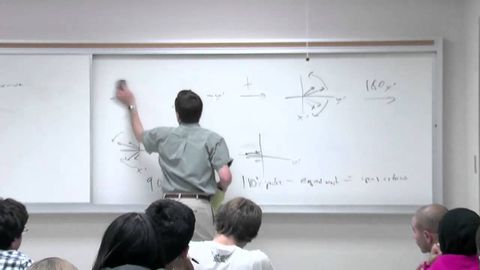
字幕と単語
ケム 203有機分光学講義20.複雑なパルスシーケンスの理解 (Chem 203. Organic Spectroscopy. Lecture 20. Understanding Complex Pulse Sequences)
00
Cheng-Hong Liu が 2021 年 01 月 14 日 に投稿保存
動画の中の単語
negative
US /ˈnɛɡətɪv/
・
UK /'neɡətɪv/
- n.マイナスの電極;否定文の;「いや」という返事;写真や映画のネガ
- adj.嫌な;負の数の;悲観的な;否定的;陰性の;負の
A2 初級
もっと見る エネルギーを使用
すべての単語を解除
発音・解説・フィルター機能を解除
